Solent retrofit revisited
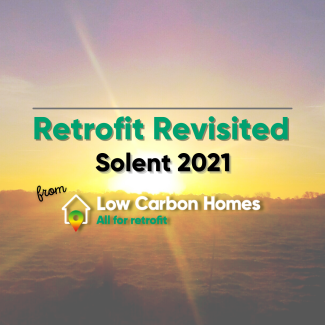
“We used to love living at our home in the summer,” said Paul, a homeowner from Cumberworth. “Then, in the winter, we used to start to hate it because it was so cold, drafty and miserable.”
It was a powerful message to our Low Carbon Homes Solent conference. The social benefits of retrofit, of lifting people out of fuel poverty, are just as important as the environmental reasons.
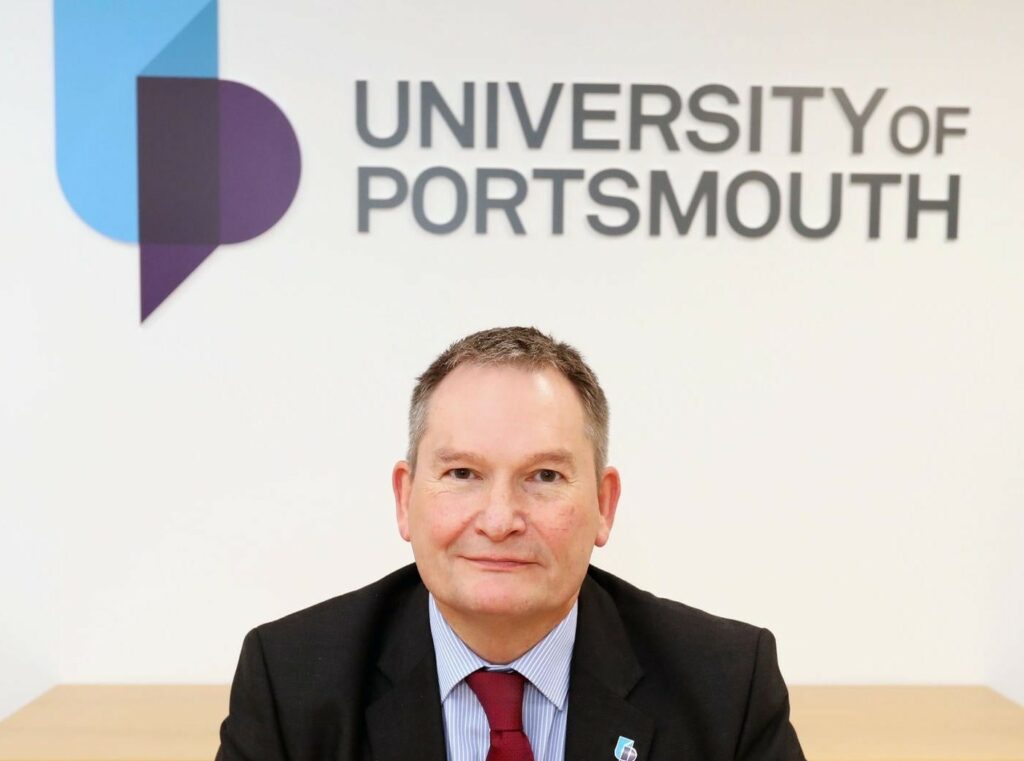
Professor Graham Galbraith, Vice-Chancellor of University of Portsmouth, who provided the conference’s opening address, explained further why we should see retrofit in this context.
“Frankly, when I told my family that I was making opening remarks to this conference, they weren’t interested. Explaining that the event will help establish the Solent retrofit community, with effective partnerships across multiple industries, to create a retrofit revolution, still didn’t help!
“But do you know what did help? It was me explaining that poorer homes are disproportionately affected by this problem, and that nearly 10,000 homes in Portsmouth are in fuel poverty. We should remember how retrofit fits into the broader agenda.”
In the Solent, we heard that many councils meant business when it came to eradicating fuel poverty. “Local authorities are not statutorily obligated to do retrofit,” Andrew Waggott, Energy Services Team Manager at Portsmouth City Council, admitted. “So it’s going to depend on the attitudes of the local authority as to how involved they get.
“At Portsmouth City Council, we took the attitude that it was our responsibility because of the climate emergency, and because our moral compasses told us fuel poverty mitigation was something we needed to get involved in.”
Our speakers also offered practical construction advice on retrofit best practice to maximise the warmth and comfort for householders.
“Using the Passivhaus standard and methodology, we can bring our housing stock up to 21st century standards,” Chris Herring, Director of the Green Building Store, told the conference. “Passivhaus principles can be applied in a domestic retrofit situation. These principles include super insulation, continuity of insulation or minimising thermal bridging, airtightness and ventilation.”
The ‘Solarcoaster’
Other panellists at our conference spoke about the opportunities to make financial savings through energy efficiency measures.
Rent-a-roof schemes, whereby customers get solar PV installed on their roofs for free while a third party or an installer would pay and then they’d benefit from the feed-in tariffs, was a recommended option.
“I have solar panels,” David chimed in, “and being in one of the sunniest regions in the UK with a south-facing roof, things are going pretty well!”

Panellists agreed that solar PV was a huge opportunity for householders in the Solent. Dr Phil Wu, CEO of Absolar, provided insight on solar installation modelling.
“The nature of the challenge is that, out of a district in Southampton where 200 homes could have solar panels, in reality only three have got them.”
There were two reasons behind this, Phil explained. “People don’t know if their buildings are suitable” and the process for finding out was “takes a very long time and is labour-intensive.” Because of that, he continued, “it’s impossible to survey every single building in a city.”
“Secondly, most of the surveys are conducted by installers who have a financial interest in persuading households to buy solar panels, so it’s difficult for every household to get independent information. There’s also a certain level of human error involved if we rely only on manual surveys.
“At Absolar we use LiDAR data to scan a whole city and create a highly detailed 3-D model of the city. With this we can run solar simulations to work out the position of the sun at different times in the day, so we can find out which part of the roof is receiving an adequate part of sunlight, and how much electricity would be produced if we placed solar panels there.” The software also shows the payback time for a customer who installs solar PV, he said.
Absolar had created Switched On Portsmouth in partnership with Portsmouth City Council, which “helps people in Portsmouth to easily find out their building’s potential to install solar panels.”
Switched On Portsmouth also has a list of approved installers in the Portsmouth area for solar PV, panellists pointed out, and were intending to do the same for insulation and air source heat pumps.
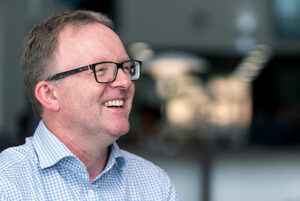
Ian Rippin, CEO of MCS Certified, agreed it was important for customers to have confidence in the quality of their preferred retrofit technologies. “We have to recognise there’s been mis-selling in the sector, particularly during the ‘Solarcoaster’, when the feed-in tariff was prevalent. We would suggest that people find an MCS Certified installer.”
Led by people’s choices

Dr Lisa Newson of LJMU also spoke about the importance of engaging with householders to decide what retrofit technologies would work best in their homes.
“Historically, in healthcare we have listened to a doctor or a surgeon, they’ve said ‘X’ treatment is best and off you go. If someone had cancer, and the doctor said ‘X’, ‘Y’ and ‘Z’ the patient could decline. The patients pushed back because they maybe didn’t want the side effects or wanted quality over quantity of life.
“Now we’re living in a time where we’re being led by the patients. We’re being led by people’s choices, and what matters to them.
“Retrofit is similar. Installers have a product, and actually the public has pushed back. A difference in approach could be turned on its head. And part of that will be messaging, part of it will be how individuals engage with the public, part of it will be training, and part of it will be trust.”
‘Thinking bigger and differently’
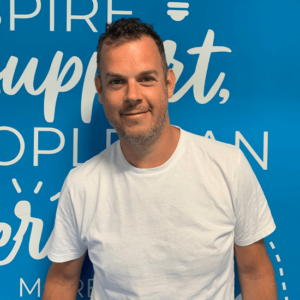
Mark Edwards, CEO of Whiteley-based SERT, picked up on the theme of training, emphasising that the retrofit skills shortage was a huge bottleneck.
“Without people on board there is no Green Industrial Revolution. We have the technology. We don’t have the people.”
“Training is going on up and down the country,” Mark said. But he highlighted key challenges.
“There are some fantastic providers like Utilita. But the training is just for their products and their staff. There’s no information on auxiliary products or Internet of Things (IoT) devices which need to go alongside Utilita’s products.”
Another challenge was retaining the workforce, Mark informed attendees. “We have 550,000 candidates in the UK. 40% of those are self-employed and 60% in permanent employment. That 60% move jobs, and every time they move jobs that requires someone to re-assess them, re-accredit them and re-onboard them. There’s no uniformity across the market.”

The thorny issue of upskilling the supply chain cropped up during one of our interactive Q&A sessions. Ryan Jude of the Green Finance Institute highlighted that contractors are unlikely to train in retrofit without the assurance the market would grow.
“We see it being indirectly impacted by demand aggregation of finance, or locally based schemes, where we can guarantee a certain amount of demand which will then give the supplier confidence that if they train these people in the near term then they will have the pipeline. That’s a big blocker. If we can get the finance to get the demand, the installers will know we’re not wasting our money training people.”
Mark also articulated concern around attrition. “The smart market is in its twelfth year, and 12,000 people have been trained to become a smart meter engineer, but only 7,000 have been deployed as smart meter engineers. We’ve lost the momentum and got loads of things wrong on the way that we need to think about when we add new technology to the equation. In a small telanet, to lose 40% of them became they’ve had it with the industry — it’s unforgivable, because they’re not queuing around the block like in X-factor to become installers, trust me!”
He suggested creating a South Coast Energy hub represented a potential opportunity to “think bigger and differently” about retrofit training.
GreenTech South
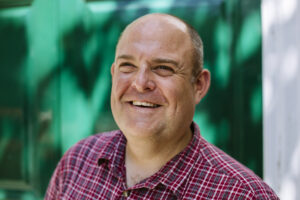
Dr David Hutchinson, Director of Greentech South, agreed with Mark that the priority “in the short term is about ensuring we have the right skills in existing jobs to move forward quickly.”
“Secondly,” David continued, “we need to capture the experiences and conversations that teams like Greentech South have been having with employers and skills providers, to ensure we’re going in the right direction to ensure the skills we’re developing are future-proof and fit for purpose.
“Greentech South was the first in the UK to be accredited as an environment and energy cluster,” he explained. “We’ve developed a healthy innovation ecosystem of businesses and innovators, working to develop new techs and solutions for a green growth economy.
“We are now working with 400 members within the region, alongside Clean Growth UK, on the EMphasis3 Reductions Project — designed and funded to support small to medium-sized enterprises (SMEs) in our transition to a low carbon economy.”
David then provided key information on how Greentech South could hope local retrofit stakeholders. “We’re currently able to offer free energy efficiency audits for SMEs, carried out by our delivery partner GDE Environmental. We also have some capacity to give energy efficiency grants following the audit, which can cover 36% of your total project cost.”
Retrofit Glossary of Terms
| Term | Definition | Source |
|---|---|---|
| Deep /whole house retrofit | A complete retrofit approach where a house is treated as a joined-up system focusing on building fabric first, to strategies for heating, ventilation and cooling. This ensures that measures work together effectively and efficiently in the long-term. | TrustMark. 2020. Whole House Retrofit - A Consumer Guide. London: BEIS. |
| Fabric first | A retrofit strategy advocating for the building fabric improvements such as insulation as the priority measure. | Institute for Sustainability. 2012. Retrofit insights: perspectives for an emerging industry. London: UCL Energy Institute and Technology Strategy Board. |
| Fuel poverty | Fuel poverty is defined as households who spend 10% or more of their income on domestic energy use, meaning that they cannot maintain an adequately warm home. | Rosenow, J. 2012. Energy savings obligations in the UK – a history of change. Energy Policy. 49, pp. 373-382. |
| PAS 2030:2019 | PAS 2030:2019 is the industry specification (previously PAS 2030:2017) to which all energy efficiency installers must be certified and compliant with when carrying out energy efficiency measures under government initiatives. | TrustMark. 2020. Support for gaining Publicly Available Specifications (PAS) and Microgeneration Certification Scheme (MCS) Certification. [Online]. Available from: https://www.trustmark.org.uk/tradespeople/how-to-become-pas-mcs-certified#questions |
| PAS 2035:2019 | PAS 2035:2019 is the overarching specification for a framework of new and existing standards, promoting a whole house retrofit approach. Once an installer updates their certification to PAS 2030:2019, the PAS 2035:2019 requirements commence. | Elmhurst Energy. 2020. PAS 2035 for Installers. [Online]. Available from: https://www.elmhurstenergy.co.uk/pas-2035-installers |
| Retrofit | The retrospective fitting of building fabric improvements like insulation, low carbon HVAC, such as heat pumps and integrated renewables like PV panels, to improve the energy efficiency, health and comfort of a house and reduce its CO2 emissions. | Putnam, T. 2020. Grassroots retrofit: The role of community-led approaches in the UK's residential retrofit challenge. Master's thesis, University of Leeds. |
| Thermal comfort | Thermal comfort is defined as the condition of mind that expresses satisfaction with the thermal environment, and refers to a number of conditions in which most people feel comfortable. |
Camuffo, D. 2019. Temperature: A Key Variable in Conservation and Thermal Comfort. In: Camuffo, D. ed. Microclimate for Cultural Heritage. [Online]. 3rd edition. Amsterdam: Elsevier, pp. 15-42. |
Author

Article written by: Alex King | LinkedIn | Twitter @alexdpking